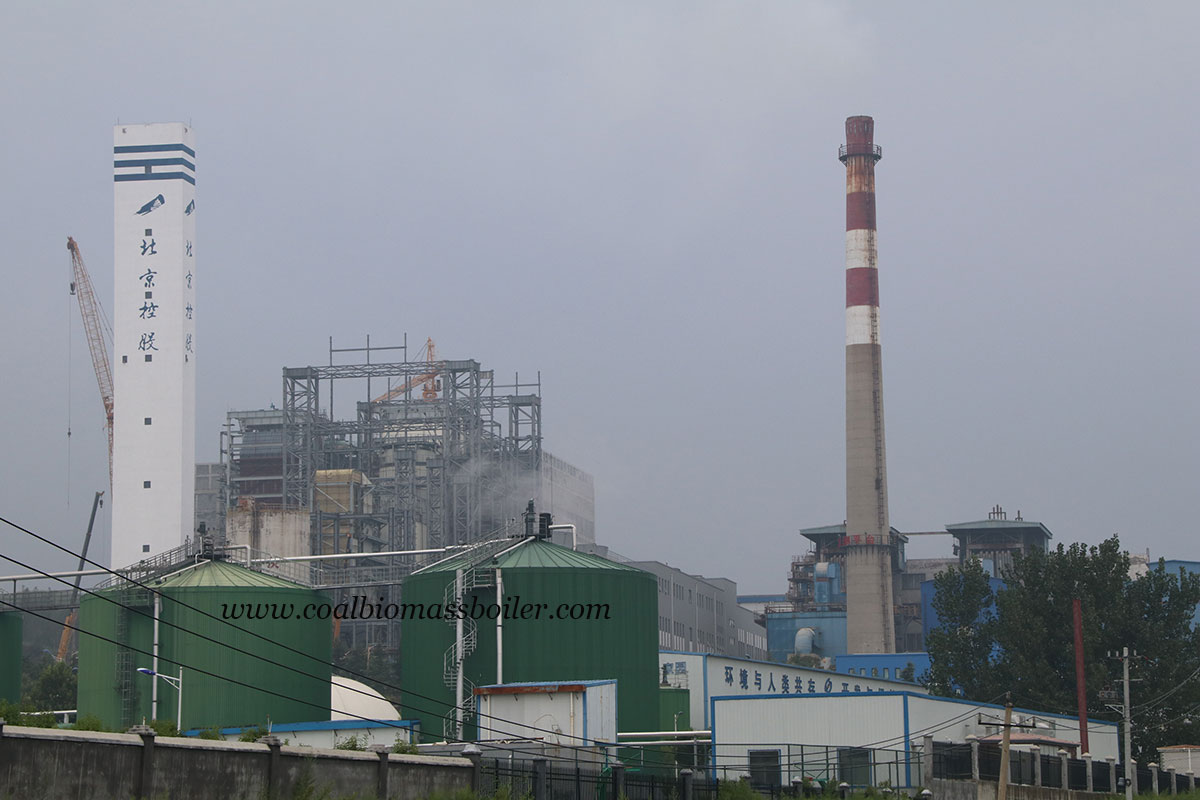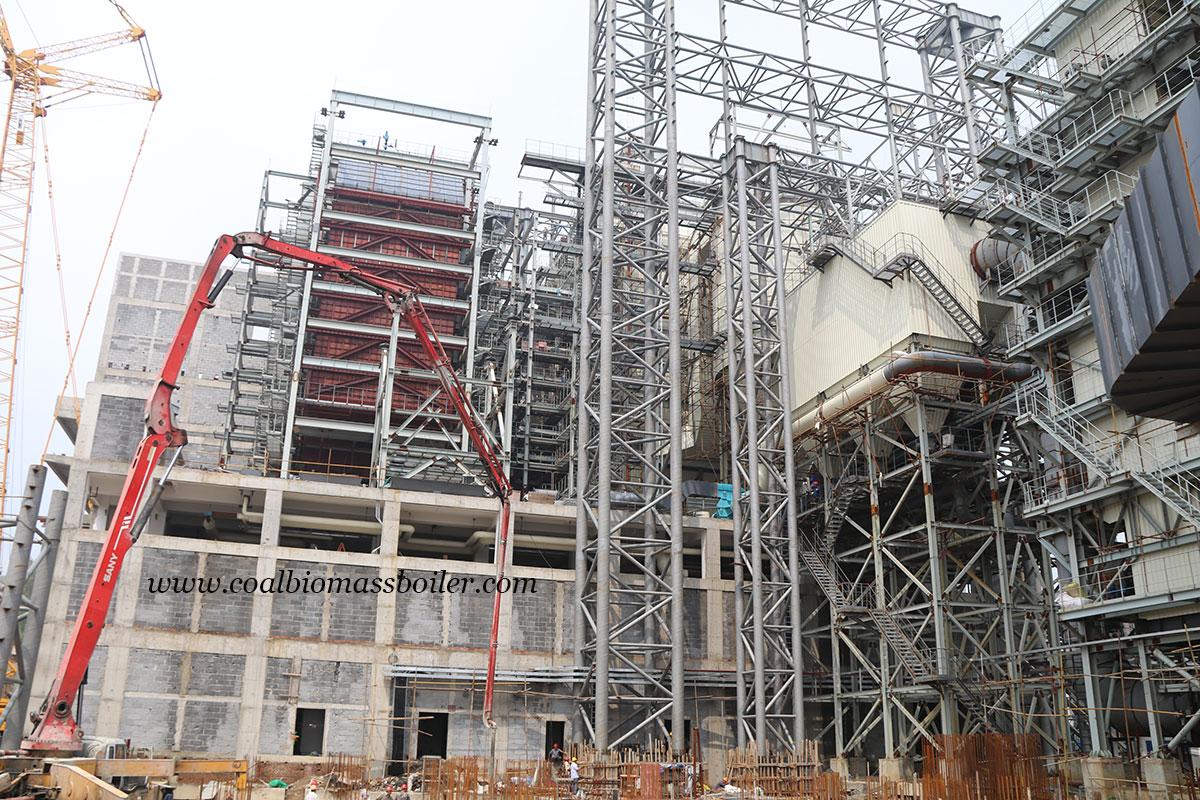Garbage incinerator is a device for incinerating garbage. The garbage is burned in the furnace, and the waste gas enters the secondary combustion chamber. It is completely burned under the forced combustion of burner and discharges into the atmosphere after spray washer and chimney. The garbage incinerator consists of four major systems: garbage pretreatment system, incineration system, flue gas dedusting system and auxiliary ignition system. It integrates automatic feeding, screening, drying, incinerating, deashing, dedusting and automatic control.

In 2018, industrial boiler and power plant boiler manufacturer Taishan Group won a bid for two sets 600TPD garbage incinerators. The steam boiler capacity is 54.5t/h, steam pressure is 4.0MPa, steam temperature is 400℃, and the power generation is 12MW.
Introduction to garbage incinerator
Garbage incinerator is a kind of harmless disposal equipment commonly used in medical and domestic wastes. The principle is to use the high temperature from the combustion of coal, oil or gas to burn down and carbonize the waste for disinfection disposal. The incineration system is the core process in garbage incinerator. The current waste incineration mainly includes mechanical grate boiler, fluidized bed incinerator and rotary hearth incinerator.

Garbage incinerator is suitable for domestic garbage, medical waste, general industrial waste (high-temperature combustion, secondary oxygenation and automatic slag discharge). Municipal solid waste contains two major parts: combustible waste and noncombustible waste. The combustible waste includes waste paper, rag, bamboo, leather, plastic and animal and crop residues. The noncombustible waste includes various discarded metal, sandstone, glass and potsherd. Garbage incinerator shall have strong adaptability to changes in garbage component (especially change in moisture and calorific value), and can timely and effectively adjust the combustion process according to the fluctuation of garbage component to ensure timely ignition and stable combustion.
Compared with landfill and compost, garbage incineration saves land and does not cause pollution to surface water and underground water. For large and medium-sized cities with dense population, land shortage and garbage siege, garbage incineration gradually become a realistic choice.
